War through the eyes of German pilots
German aviation captured air supremacy in the early days of the war. Preemptive attacks on Soviet airfields disabled thousands of Soviet fighters, bombers, attack aircraft. Communications were disrupted, ammunition depots burned. Command and control was disorganized. Leading desperate battles of the Red Army, finding themselves without air cover, suffered huge losses.
In the first week of the war, about 6000 Soviet aircraft were destroyed on the ground and in the air. On the second day of the war, the losses of the Red Army air forces amounted to 600 aircraft, the losses of the Luftwaffe - 12 aircraft. Such statistics was shot by one of the leaders of the Red Army Air Force, Lieutenant General Kopets.
The effective advance intelligence service greatly contributed to the rapid advance of the Hitlerites deep into the USSR. Including - aviation, the key element of which was reconnaissance aircraft - Hs 126 and Fw-189 - the famous "frames". Tracking the movements of the Soviet troops, they directed bomber squadrons to the target, conducted aerial surveys, provided communication, corrected artillery fire.
The Focke-Wulfs of the 189-series began to be developed in February of the 1937 of the year. They were to replace the Hs 126 (Henschel) short-range intelligence officer. The scout had an asymmetrical cockpit location: on the right wing. The engine was located in the nose of the center section.
The first aircraft of the head series was ready at the beginning of 1940. The machine was armed with two MG17 machine guns in the wing root and a portable MG15 machine gun to protect the rear hemisphere. On the plane mounted 4 bomb racks on 50 kg. Intelligence equipment consisted of a single camera. Military trials began in the fall of 1940, and machines began to arrive at the front after the attack on the USSR. The first part to receive the FW 189A was the 2 squad of the 11 th reconnaissance group.
In the future, the aircraft was in service with almost all short-range reconnaissance groups. Excellent visibility from the cockpit and good maneuverability perfectly suited to its purpose. True, on the Eastern Front, FW 189 mastered another specialty. Several vehicles were transferred to the 1 squadron 100 night fighter squadron. The detachment was called "Railway Night Hunter" and was intended to fight the Soviet software-2, plagued the German transport by rail.
The winter offensive of the Red Army 1941 of the year led to heavy losses in personnel, the Luftwaffe began to feel a shortage of trained crews and aircraft, for this reason a number of reconnaissance units were disbanded. The newly created Nahauflklarungs-gruppen consisted of three squadrons (in practice, very few groups actually had three staffs in their team).
In December 1941, the 9-I German army, under the blows of General Konev’s formations, left Kalinin. In the conditions of a harsh winter, the preparation of aircraft for flight caused many difficulties. In the reconnaissance units of the Luftwaffe, there was a shortage of spare parts, fuel, and people. These problems caused another reorganization, during which the number of individual squadrons again decreased, and now Fw-189A-l aircraft (later-Fw-189A-2) prevailed in the combat units.
According to German military historians, flights to the near reconnaissance on the Eastern Front became more and more dangerous. In some units, the crews of the scouts were cut to one person, many observers had to be sent to short-term pilot courses. Flight training of yesterday’s observers was clearly insufficient - losses continued to grow. For this reason, newcomers managed to perform only one or two sorties before they were shot down.
The Wehrmacht offensive in May 1942 in the Kharkiv region temporarily stopped the onslaught of the Red Army in the southern sector of the Eastern Front. The Germans got a breather, during which they managed to make up for the losses in people and technology. The Fw-189 scouts demonstrated high combat survivability on occasion.
19 May 1942, two MiG-3 fighters attacked a German reconnaissance over the Taman Peninsula. Soviet fighters damaged the left engine of the "frame", knocked out all defensive weapons, however, the scout managed to land at the advanced airfield. When landing, the left main landing gear broke and the left wing plane was crumpled, but the aircraft was repaired in a short time, replacing the engine, landing gear support and wing plane.
In September 1942 of the year on the Eastern Front there was an 174 scout Fw-189.
The fierce battles for Stalingrad at the end of the summer of 1942 of the year once again put on the agenda the question of exceptionally high losses in the German armed forces. The Luftwaffe reconnaissance units suffered greatly. September 18 “frame” under cover of four fighters Bf.109 was engaged in the correction of artillery firing, when a group of German aircraft attacked the Soviet fighters. The first to damage the "frame" Ivan Balyuk, finished off the scout the commander of the group of Soviet fighters Mikhailik. Fw-189 fell on the left wing, and then crashed to the ground. The crew of the plane was killed.
Another two-gang reconnaissance Soviet pilots shot down the next day, 19 September. In the battle for Stalingrad, the losses of the Luftwaffe intelligence units in men and vehicles averaged 25%. The command of the Luftwaffe once again had to reorganize.
During the Red Army’s counteroffensive on advanced airfields, the Germans threw incompetent “frames”, but the surviving planes continued to help General Paulus’s surrounded 6 army.
December 17 once again distinguished himself as a fighter pilot Mikhailik in a heavy duel, who shot down a “frame” (“P2 + BV”). On the same day, in the area of Davydovka, Fw-189 reconnaissance from NAG-16 corrected artillery firing. The scout was accompanied by fighters Bf. 109. German planes attacked the Soviet couple: the commander Ivan Maksimenko, the slave - Chumbarev. Chumbarev wasted all the ammunition, and then rammed the frame, cutting off one tail girder Fw-189 with the propeller's propeller. The crew of the scout — Chief sergeant-major Meyer, non-commissioned officer Schmidt and the corporal Sova — could not leave the plane that had fallen.
By the beginning of February, the Luftwaffe 1943 had lost almost five hundred aircraft and nearly a thousand people on the Eastern Front. Near-intelligence units have lost approximately 150 aircraft, mostly - Fw-189.
The defeat at Stalingrad marked the beginning of the Wehrmacht’s retreat on the entire Soviet-German front. The retreat caused another reorganization of the close-range aviation reconnaissance units that were armed with the Fw-189 aircraft.
The activity of the Luftwaffe near-air reconnaissance units declined, while the activity of Soviet fighters increased, and the accuracy and density of anti-aircraft artillery fire increased. Increasingly, the crews of the German scouts had to engage in air combat; in 1943, on average, on 90 Fw-189 sorties accounted for one "frame" brought down by fire from the ground.
From May 1943, the Fw-189 aircraft began to be attracted to fight against partisans. In early July, German troops launched the strategic offensive on the Eastern Front, the operation “Citadel”, during the war. The scouts tried to track the movement of the Soviet troops. In the battles over the Kursk Bulge, pilots of the Normandy armed squadron of the Yak-1 fighters distinguished themselves by the Free French armed forces. Pilots Lefebvre and la Puap attacked and shot down one Fw-189, the second reconnaissance Litolph and Castelen recorded the squadron, the third Marcel Albert and Albert Pretsiosi.
July 12 Red Army troops launched a counteroffensive from the Kursk area. The Fw-189 scouts revealed the deployment of Soviet units, but the Germans had no reserves to plug all the holes in their defenses. Two days after the start of the counteroffensive, the Red Army liberated Orel and Belgorod from the Nazi invaders.
A big problem for the crews of the scouts are the newest Soviet fighters La-5 with a silhouette very similar to Fw-190. Now the "frames" tried to cross the front line at extremely low altitude, but still the numerical superiority of the Soviet fighters, along with the strengthening of air defense systems of the ground forces, put an end to the successful activities of the intelligence officers. Especially tight German fighters who accompanied the Fw-189, had after the appearance at the front of the Yak-3 aircraft, at low altitudes, had absolute superiority over any Luftwaffe fighter. Soviet pilots treated Fw-189 with respect. The fighter pilot A. Semenov in his memoirs wrote:
- “Rama”, adjusting artillery fire, strongly annoyed our ground forces. An aircraft of this type was a challenging target for fighter pilots. Shooting down the "frame" is not an easy task, even more difficult than shooting down a Bf.109 fighter or a Ju-88 bomber.
It seems that the famous ace Alexander Pokryshkin spoke about the German Fw-189, who considered the shot down frame the most objective indicator of the skill of a fighter pilot.
Toward the end of the war, Fw-189 aircraft began to be involved in night reconnaissance flights, for which special equipment was installed on some of the vehicles. Most often, the "frames" were visual intelligence.
From the summer of 1944, the Fw-189 aircraft could not be used to solve tactical aviation support tasks anymore, since the “frames” became the top priority target for the Red Army air force fighters. In some cases, Fw-189 involved in the conduct of psychological warfare-throwing leaflets. There is a legend that allegedly during one of these sorties the crew of the "frame" shot down the Soviet fighter ... with leaflets. "Rama" poured paper cargo in front of the Soviet aircraft, the pilot lost spatial orientation and lost control; fighter crashed.
In the winter of 1944-45. Fw-189 aircraft operated mainly over Poland and the “protectorate of Bohemia and Moravia”. Part of the damaged scouts the Germans threw on the Polish and Czech airfields during the retreat.
.A few Fw-189 (known about eight aircraft, two of them are of Czech production), the German troops threw at the Norwegian airfields. Most of the aircraft were dismantled by the British in the fall of 1945. In an unofficial manner, one Fw-189 was handed over to the Norwegian Air Force; this car was removed from service in May, 1946.
Only one Fw-189 W.Nr. survived. 0173, which flew in the UK for a while.
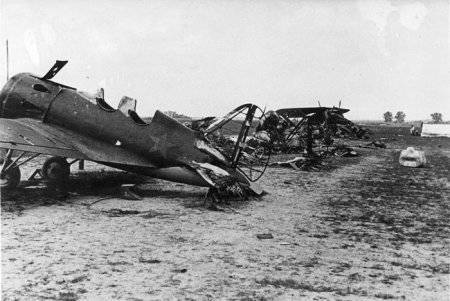
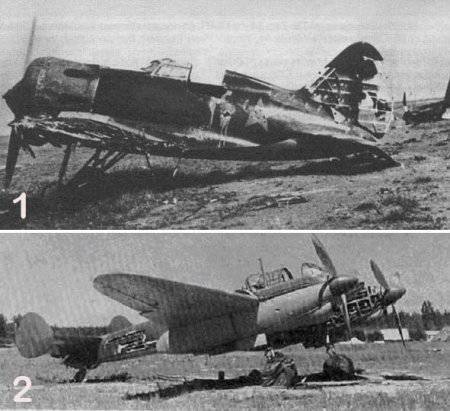
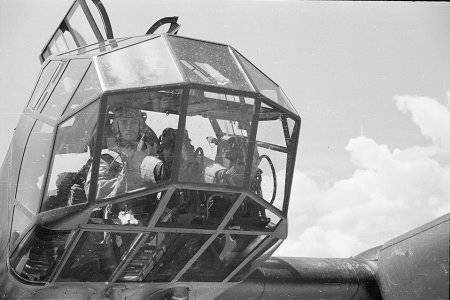
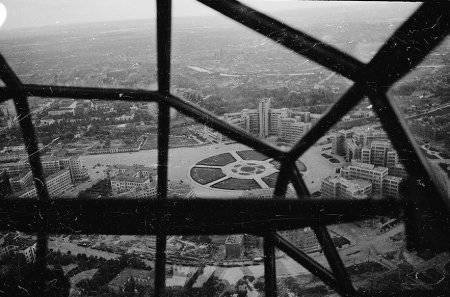
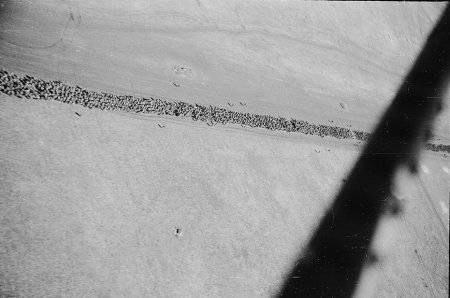
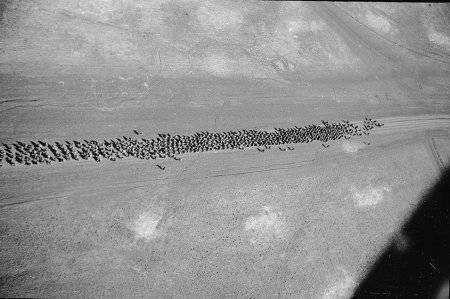
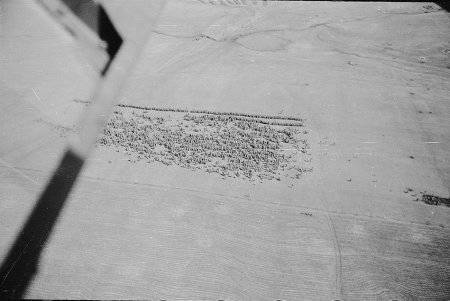
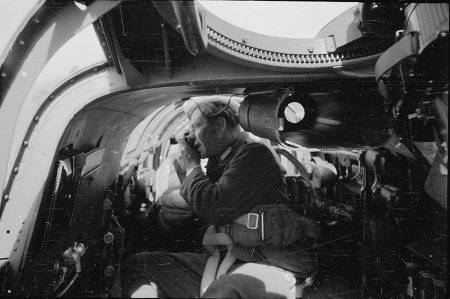
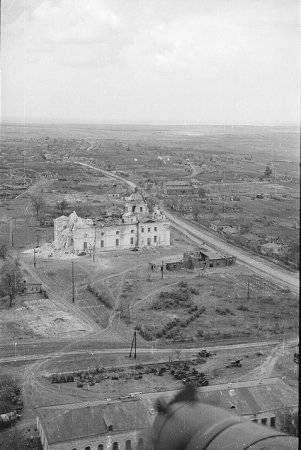
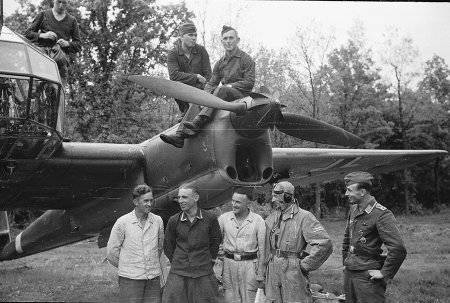
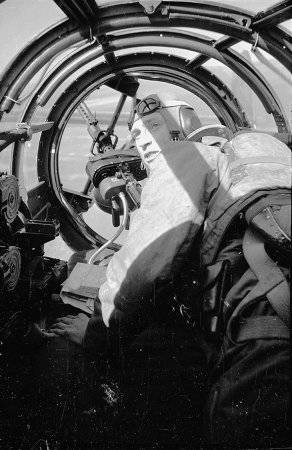
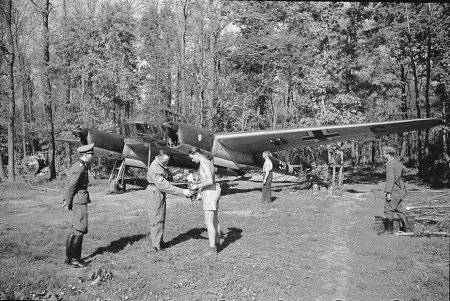
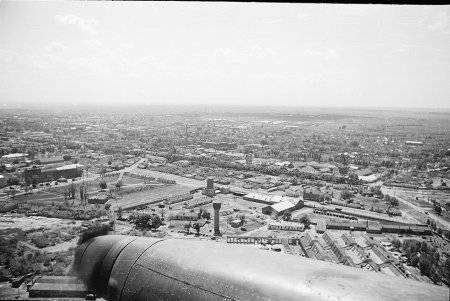
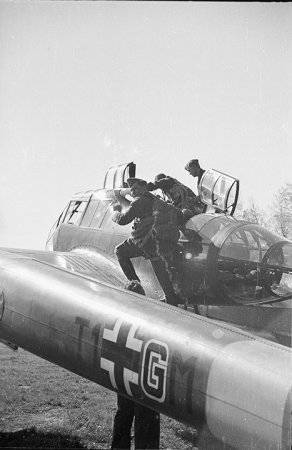
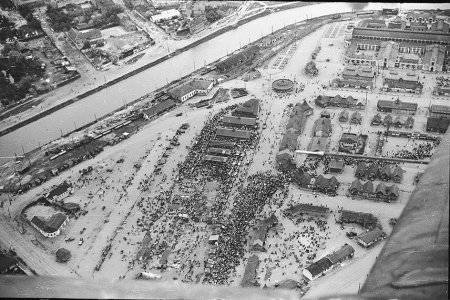
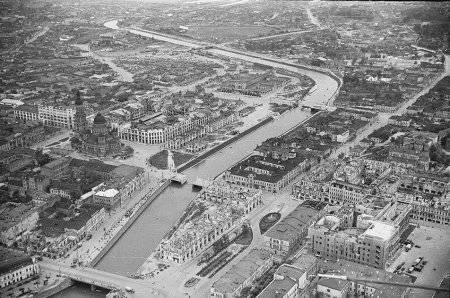
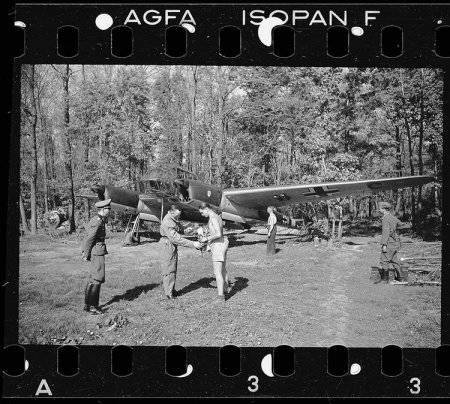
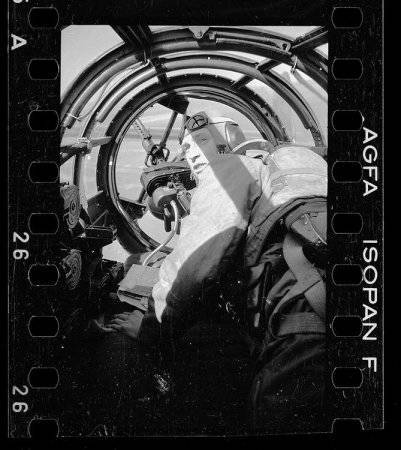
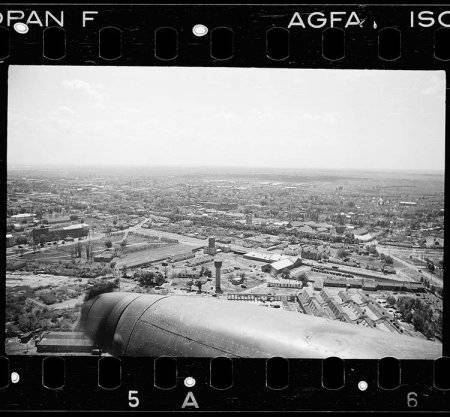
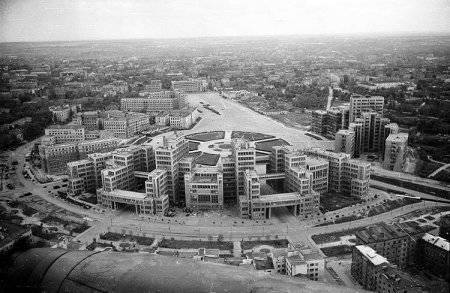
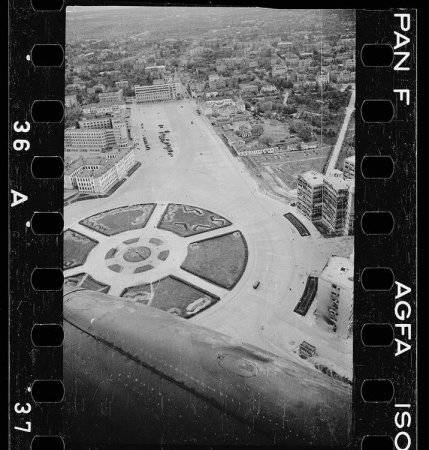
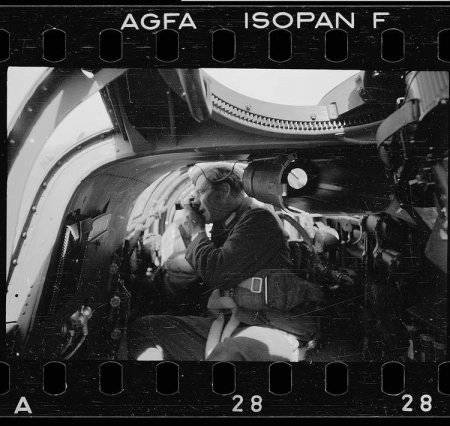
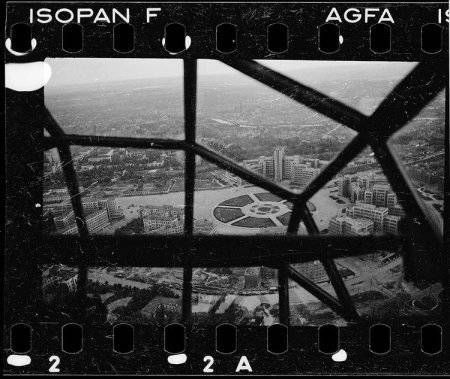

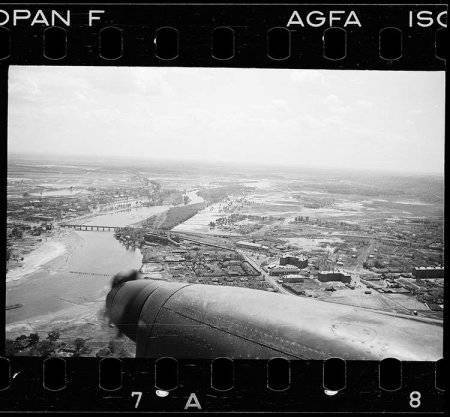
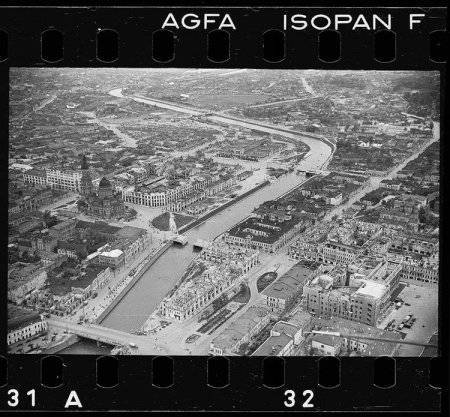
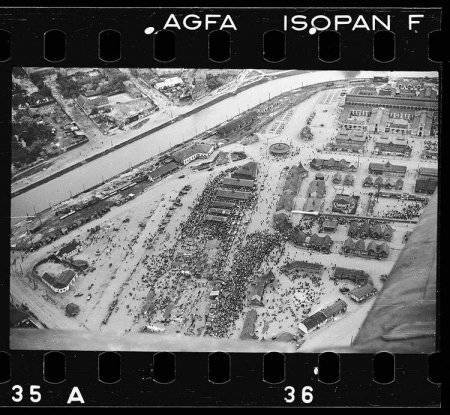
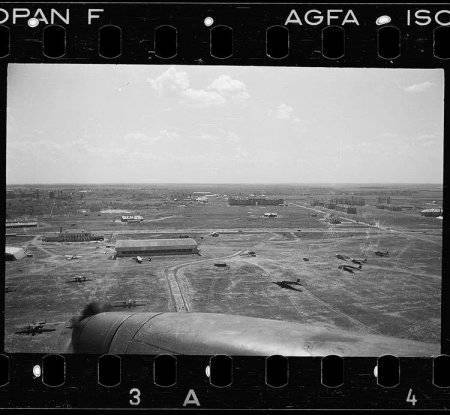
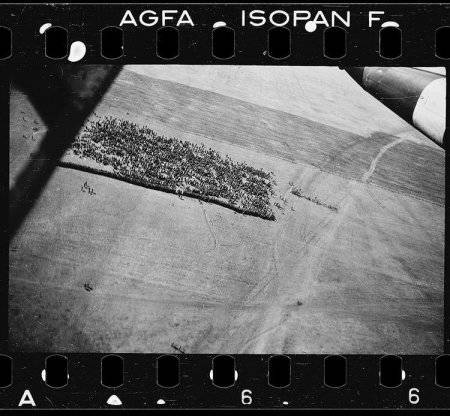
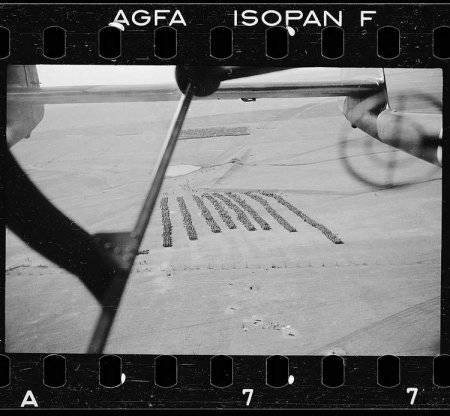
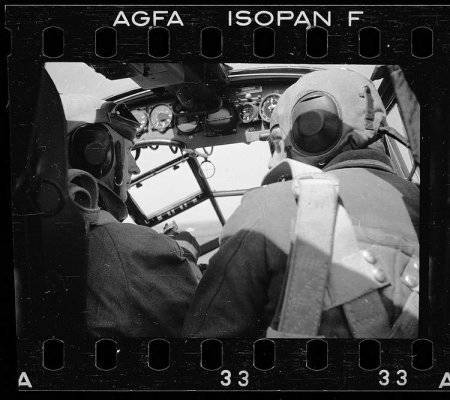
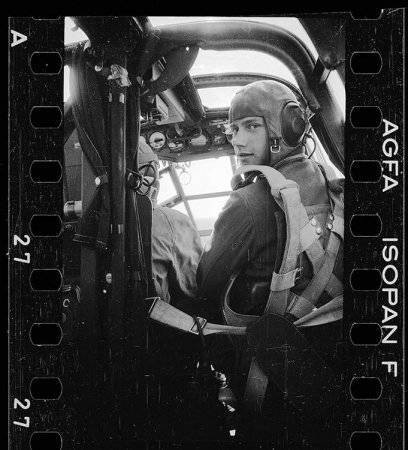
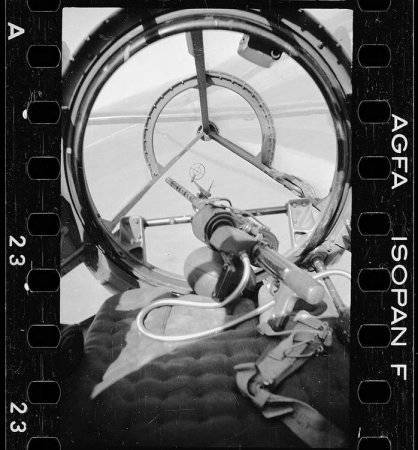
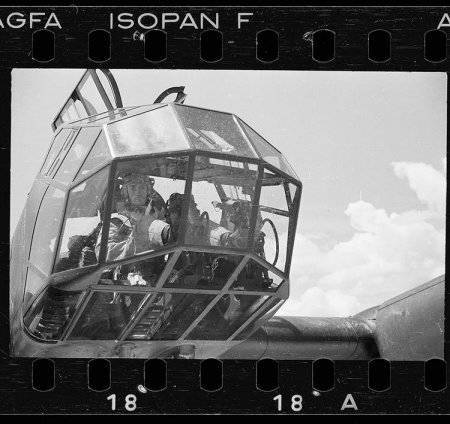
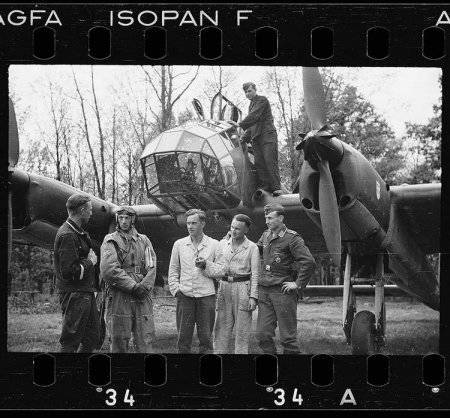
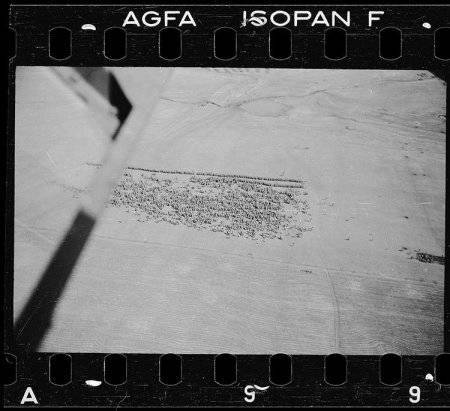
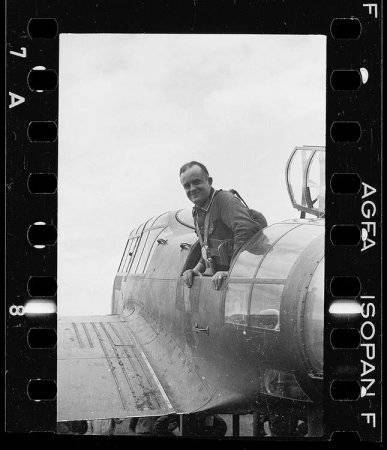
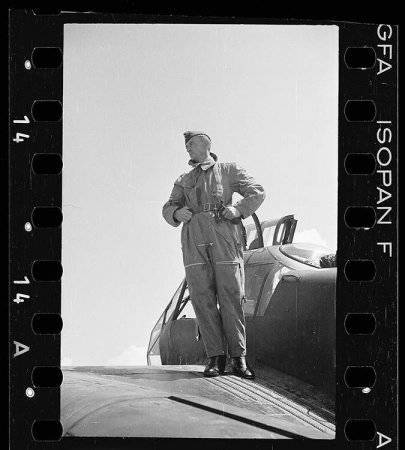
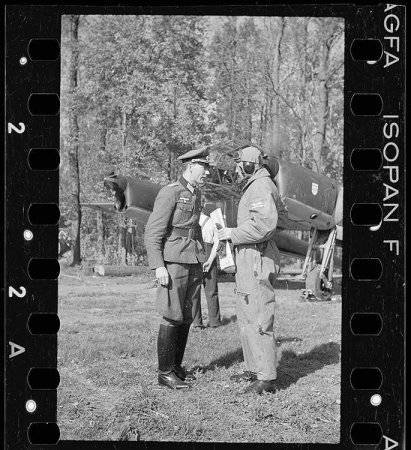
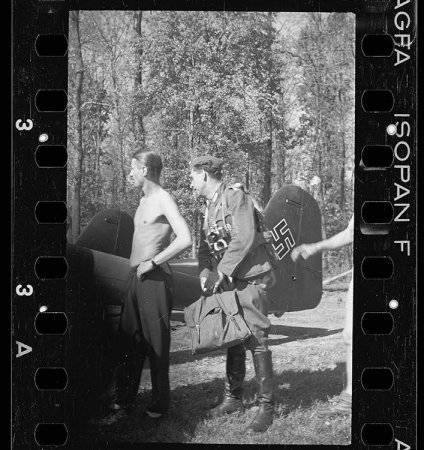
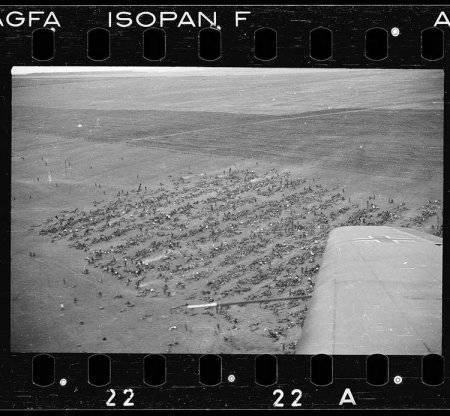
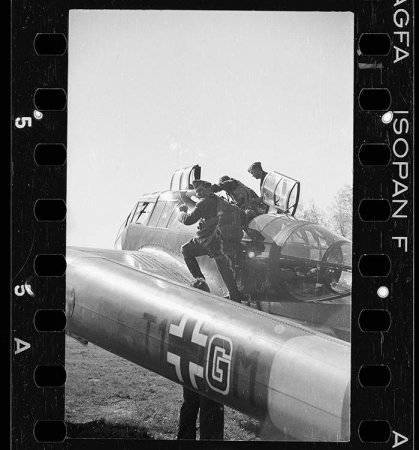
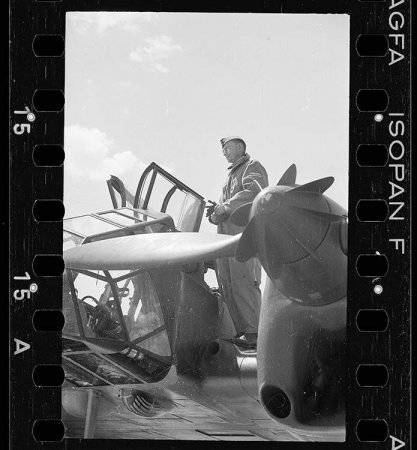
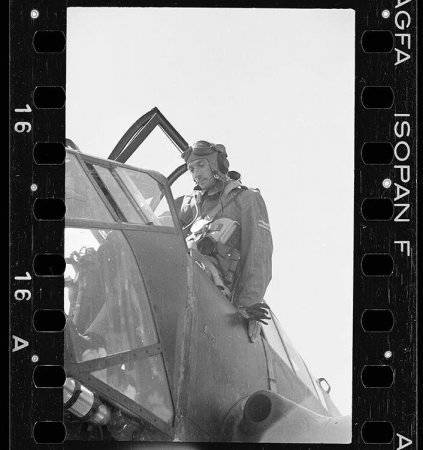
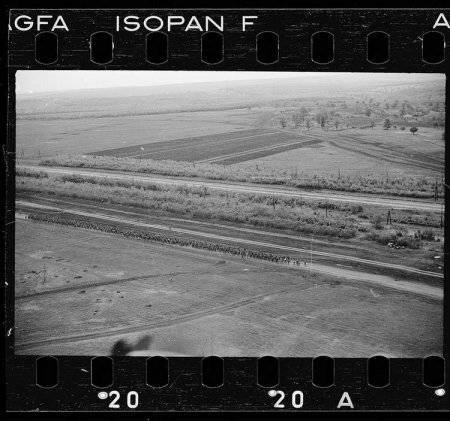
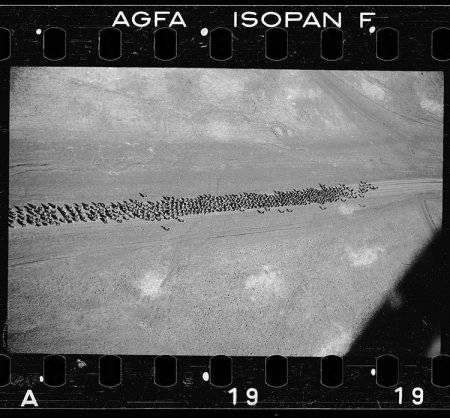
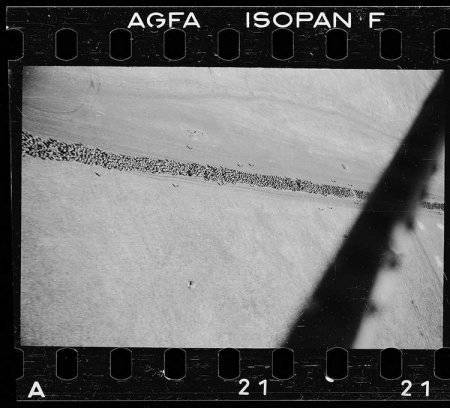
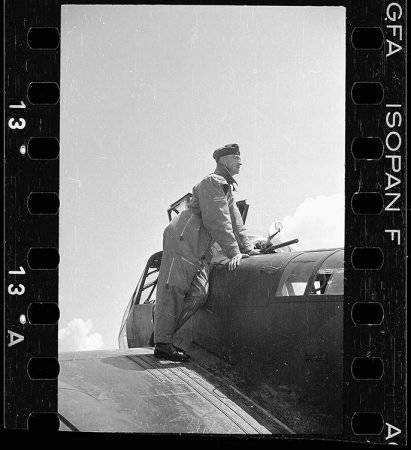
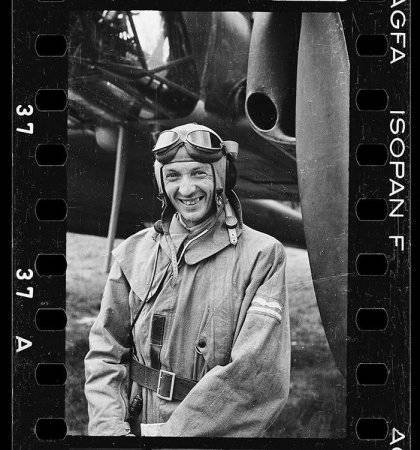
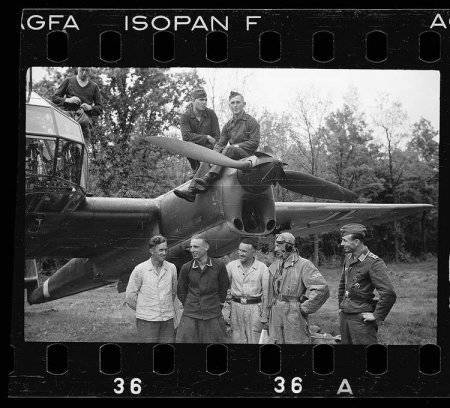
Information